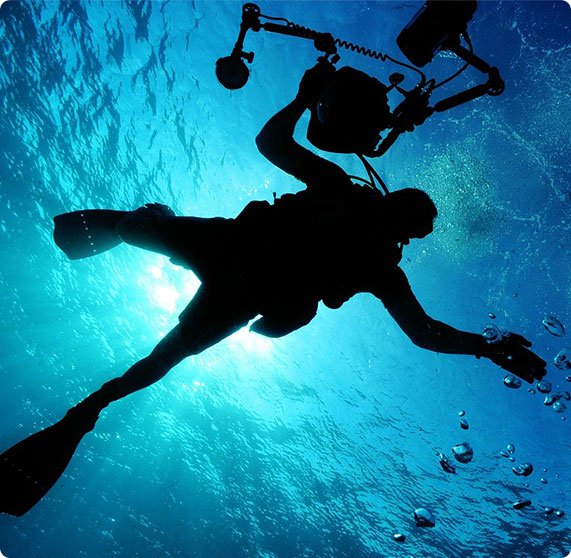General Diving
Diving in general whether it be pleasure, commercial or scientific often operate in remote locations, requiring advanced operational care plans. The presence of Hyperlite Hyperbaric Chambers are commonplace, providing hyperbaric treatment capabilities without compromising valuable space.
What makes us special?

Compact
Our compact modular solutions make transportation painless, requiring a small packaged volume, saving valuable space and multiple storage options.

Simple Interface
Our simple control panels and user interfaces are easy to understand and operate.

No Downtime
We offer servicing & maintenance solutions that minimise logistics and keep your system operational 365 days a year.

Portability
Our systems don’t require structural reinforcements or expensive installation on a vessel.
Hyperlite in Sport Diving
Reductions in the cost of air-travel has led to increased access to sport diving locations, which is now offered in the majority of seaside destinations around the world. The diving industry has grown substantially, with a wide range of options to suit the customers budget – from the lower-budget options of dive towns in South East Asia to dedicated superyachts offering diving in luxury in some of the most untouched and remote locations. Whilst the support services provided around the common interest of diving differ, the risks associated with a pressure-related injury remain constant. SOS Group has over 30 years’ experience providing portable hyperbaric chamber solutions, together with operational training, to operators in the Sport Diving Sector and we are proud that our equipment has been used to save many lives in the process. We have supplied and continue to support remote medical centres, liveaboard diving operations, chartered yachts and independently owned superyachts around the world.
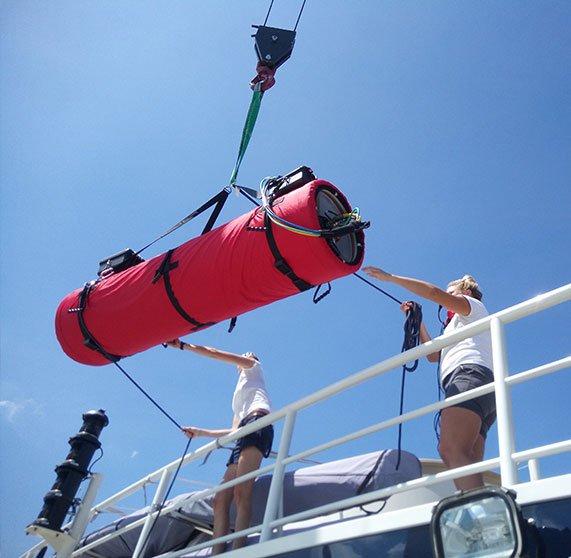
For Scientific & Commercial Diving Sector
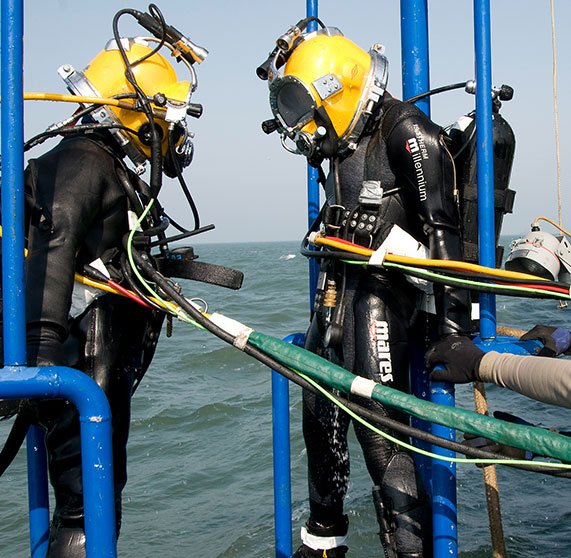
New advancements in underwater technology has rapidly improved underwater exploration capabilities and resulted in rising demand for Multiple Purpose Vessels. The demand for space onboard these vessels has never been higher, as they are equipped with Remotely Operated Vehicles, Sonar Systems, mini submarines and advanced technical diving equipment. A multi occupant hyperbaric chamber, has provided an essential live saving capability, but with a large and often onerous footprint, with traditional metallic chambers being large heavy systems requiring specialist installation and structural reinforcements. SOS Group has been providing the Hyperlite 1 single occupancy chamber as an alternative system as an emergency evacuation hyperbaric chamber since early 1990’s, where space did not permit the availability of a multi-occupant system.
In 2020, SOS introduced the new Hyperlite Multi-Occupant Chambers that provides the best of both worlds – a lightweight compact hyperbaric chamber that can be stored in a small packaged volume & a chamber suitable for multiple-occupants allowing ‘hands-on’ medical attention to an injured diver or the capability to provide Hyperbaric Oxygen to two divers at once. What’s more, we can now treat to Maximum Operating Pressure of 5 bar with oxygen or mixed gas.
SOS builds a system to suit your requirements in terms of intended application and frequency of use. Contact Us today to discuss building the ideal system for your application.
Our Range

| 1 | |
 Weight: Weight: |
100kg |
 Max Operating Pressure: Max Operating Pressure: |
2.3 Bar(g) 3.3 ATA |
Purpose: |
Transfer-Under-Pressure, Emergency Evacuation |
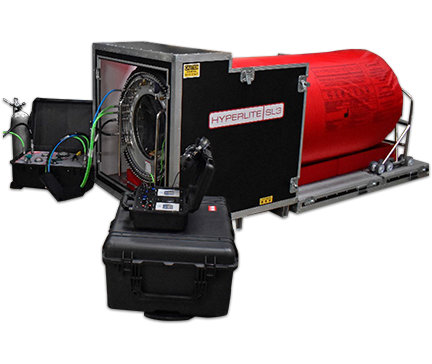
| 2 | |
 Weight: Weight: |
431kg |
 Max Operating Pressure: Max Operating Pressure: |
3 Bar(g) 4 ATA |
Purpose: |
Full Treatment onvessel/site. Designed for use in fixed location |
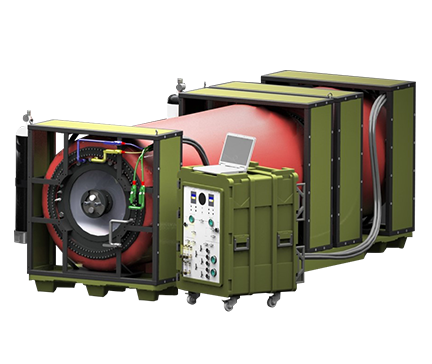
| 3-4 | |
 Weight: Weight: |
>550kg |
 Max Operating Pressure: Max Operating Pressure: |
5 Bar(g) 6 ATA |
Purpose: |
Full Treatment on site. Transportable for Multiple Scenarios |
About Decompression Sickness
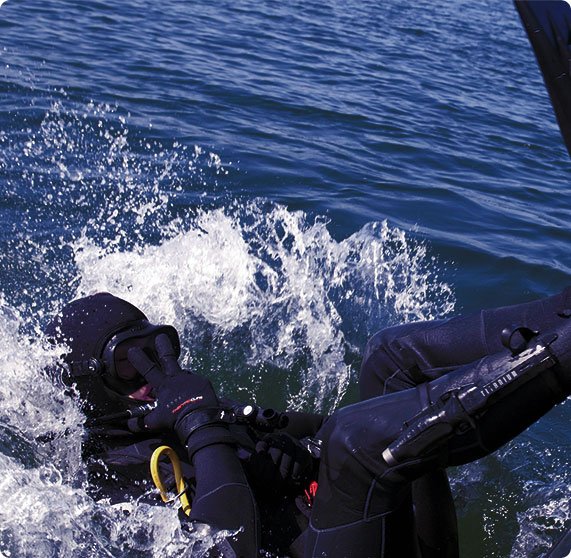
Also known as Decompression Illness, DCS, DCI or ‘the bends’, is caused by the formation of multiple inert gas bubbles in the tissues of the human body, which can cause mechanical stress or organ dysfunction. Decompression is often seen through rapid changes in pressure, through diving, high altitude excursions, submarine escape & rescue, in space or in uncontrolled pressurisations/depressurisations in a hyperbaric chamber.
The addition of breathing compressed gas at changing pressures increases the risk of suffering from Decompression Sickness. The resulting symptoms may include, but not be limited to, joint pains, sensations of tingling, loss of sensation, skin rashes, malaise, neurological disfunction, cardiorespiratory symptoms, pulmonary oedema, shock and death. Severe symptoms may occur within 1 – 3 hours of decompression with majority of symptoms occurring within 24 hours. The rationale for the treatment of DCS with Hyperbaric Oxygen (HBO2) includes immediate reduction in bubble volume, increasing diffusion of inert gas and bubbles, oxygenation of ischemic tissue and reduction of Central Nervous System (CNS) oedema. The efficacy of administration of oxygen at increased ambient pressure (HBO2) is widely accepted and the main treatment protocol for this disease.
This information is interpreted from the Hyperbaric Indicators for AGE Section published by the Undersea & Hyperbaric Medical Society (UHMS). https://www.uhms.org/resources /hbo-indications.html
About Arterial Gas Embolism AGE from Diving
Causes of Gas Embolism (also known as Air Embolism or AGE) are usually associated with a diver holding their breath as they return to the surface. The expansion of the gas inside the body expands as the pressure reduces, which can cause significant internal damage to the human body. Clinical studies have shown several mechanisms can occur including significant reductions in blood flow or even complete restriction (arterial occlusion). Such incidences may be immediate, progressive or can relapse after initial improvements in patient conditions. Symptoms of AGE may include, but not be limited to, loss of consciousness, confusion, focal neurological deficits, cardiac arrhythmias or ischemia. Venous gas embolism can manifest as hypotension, tachypnoea, hypocapnia, pulmonary oedema or cardiac arrest.
This information is interpreted from the Hyperbaric Indicators for AGE Section published by the Undersea & Hyperbaric Medical Society (UHMS). https://www.uhms.org/resources /hbo-indications.html
